Are you looking to refine your approach to risk management audits? Implementing a robust risk management audit process is crucial for any organization aiming to identify potential pitfalls and enhance overall operational efficiency. By regularly assessing and addressing risks, businesses can safeguard their assets and maintain compliance with industry standards. Dive deeper into our article to discover effective strategies for conducting a thorough risk management audit!
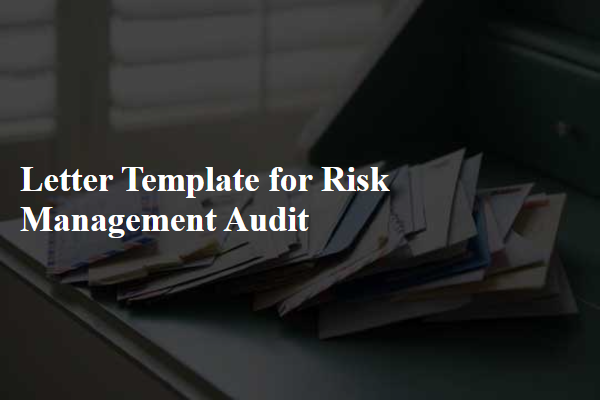
Clear Objective Statement
A risk management audit aims to systematically evaluate the effectiveness of risk management strategies implemented within an organization, assessing compliance with regulatory standards and internal policies. This audit processes data and documentation related to identified risks and mitigation plans, ensuring that all potential risks, such as financial, operational, reputational, or compliance risks, are accounted for. The audit will also review the frameworks and methodologies used, such as ISO 31000 or COSO ERM, to determine their adequacy in addressing specific organizational contexts and challenges. The ultimate goal encompasses identifying areas for improvement, recommending enhancements to policies, and ensuring a robust risk governance structure that supports organizational objectives and fosters a culture of risk awareness.
Scope of the Audit
The scope of the risk management audit encompasses a thorough assessment of organizational processes, policies, and controls related to risk identification, evaluation, and mitigation measures. High-risk areas such as financial management practices, compliance with regulatory standards, and operational procedures will be analyzed to ensure robustness against potential threats. The audit will cover all departments, including Human Resources and Information Technology, evaluating the effectiveness of current risk management frameworks against established industry benchmarks. Furthermore, the audit will determine the adequacy of risk communication channels and the overall risk culture within the organization, aiming to identify gaps and recommend strategic improvements for enhanced resilience.
Methodology Overview
The risk management audit methodology encompasses a structured approach that evaluates the effectiveness of risk management processes within organizations. Key components include the identification of risks, analysis of risk impact and probability, and the development of mitigation strategies. The audit utilizes qualitative and quantitative techniques to measure risk exposure, including tools such as risk registers and heat maps. This process often involves engaging with stakeholders across departments, including finance, operations, and compliance, during interviews and surveys. Additionally, benchmarking against industry standards and regulatory requirements, such as ISO 31000 or COSO frameworks, ensures that best practices are followed. Regular reporting and follow-up assessments are implemented to track progress and improve risk management continuously. By systematically reviewing the risk management framework and its implementation, organizations can better safeguard assets and ensure compliance with legal obligations.
Key Findings and Recommendations
A risk management audit evaluates the effectiveness of risk management strategies within organizations, identifying key vulnerabilities and areas for improvement. Significant findings may include insufficient documentation of risk assessments, inadequate employee training programs on risk awareness, or weak incident response protocols that fail to meet industry standards. Recommendations often suggest implementing comprehensive risk assessment frameworks, enhancing training sessions through hands-on workshops, and establishing an incident management team to respond promptly to potential threats. Additionally, organizations should consider adopting advanced risk management software solutions that can streamline data analysis, ensuring timely updates and communication throughout the organization to foster a proactive risk management culture.
Conclusion and Next Steps
A comprehensive risk management audit reveals key vulnerabilities within the organization's operational framework. Identified risks, including compliance gaps related to financial regulations such as the Sarbanes-Oxley Act (SOX), as well as potential cybersecurity threats targeting data integrity, necessitate immediate attention. The need for improved internal controls and enhanced employee training programs to address risk awareness has been underscored. Next steps involve the formulation of a strategic action plan, which includes assigning responsibilities, establishing a timeline for implementation, and allocating resources effectively. Regular follow-ups and reassessments will ensure that the risk management strategies remain effective and up-to-date, adapting to any emerging threats or regulatory changes.

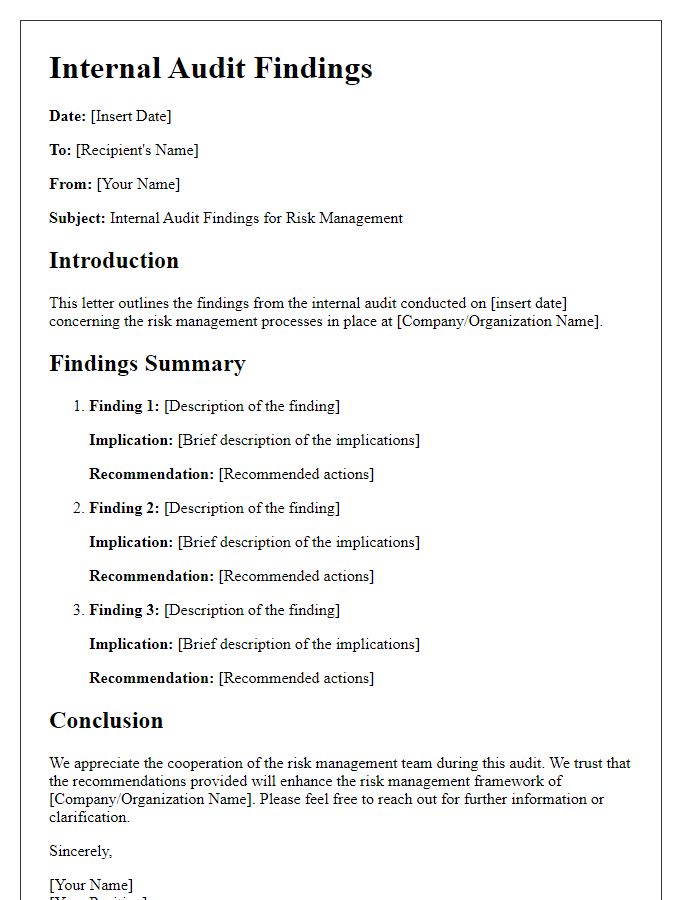
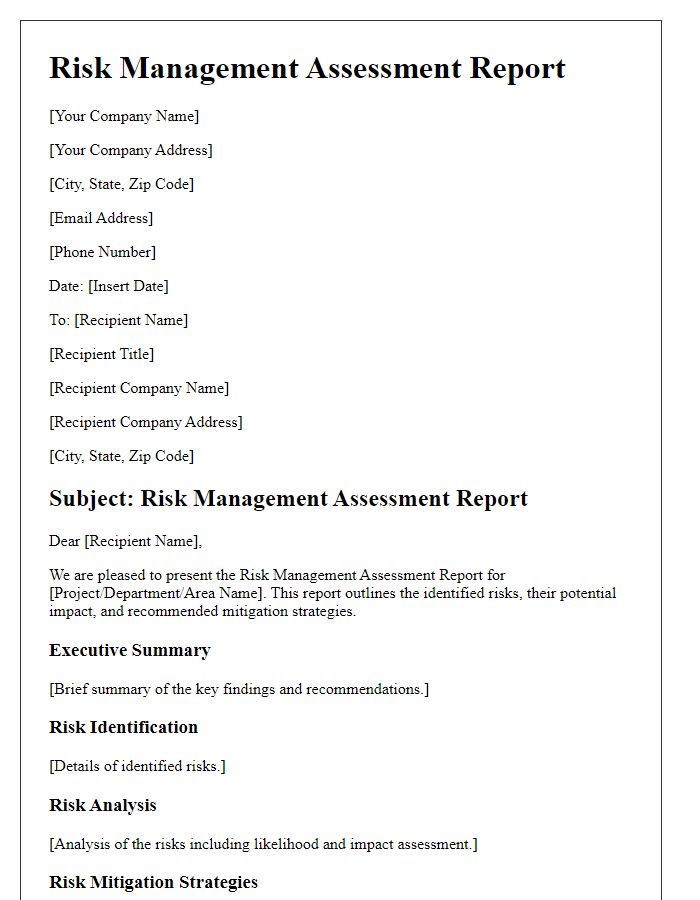
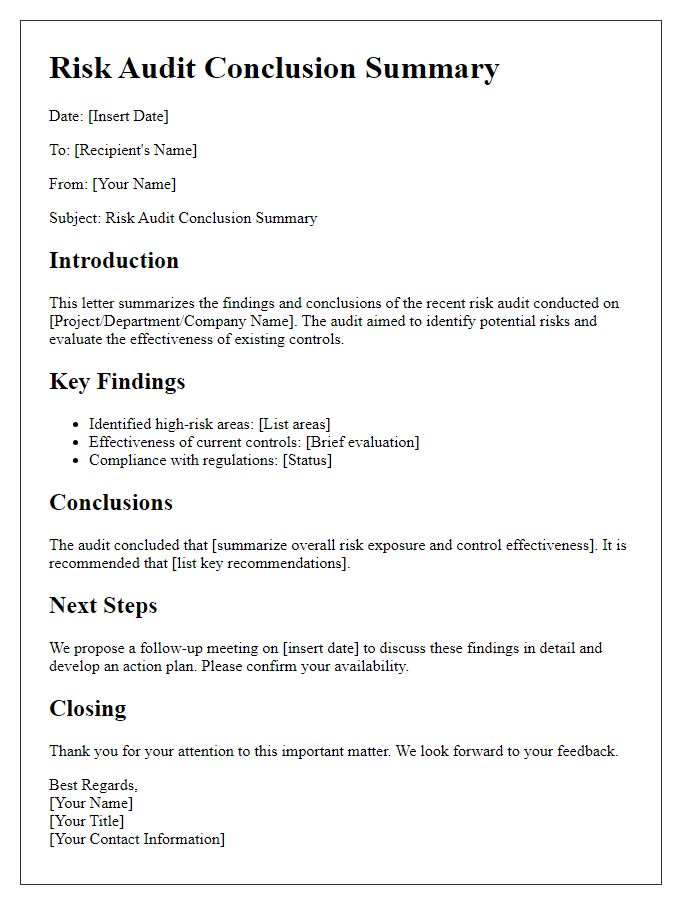
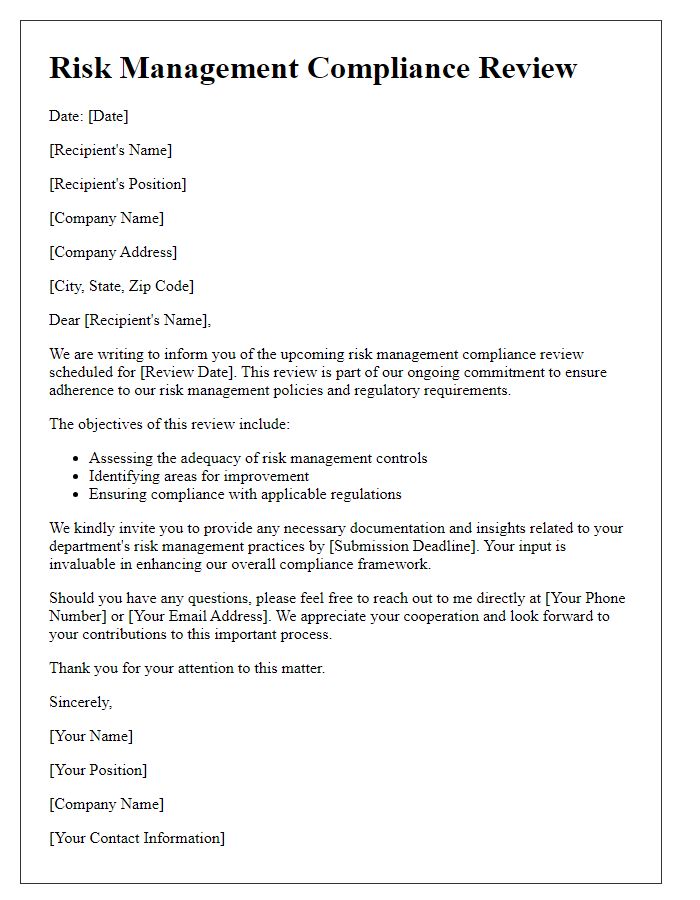
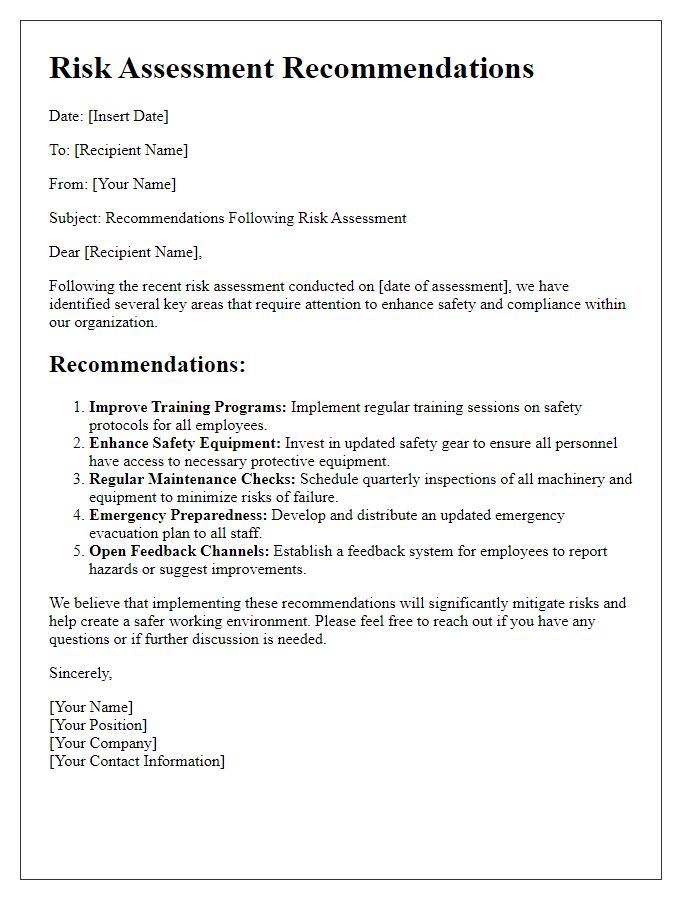
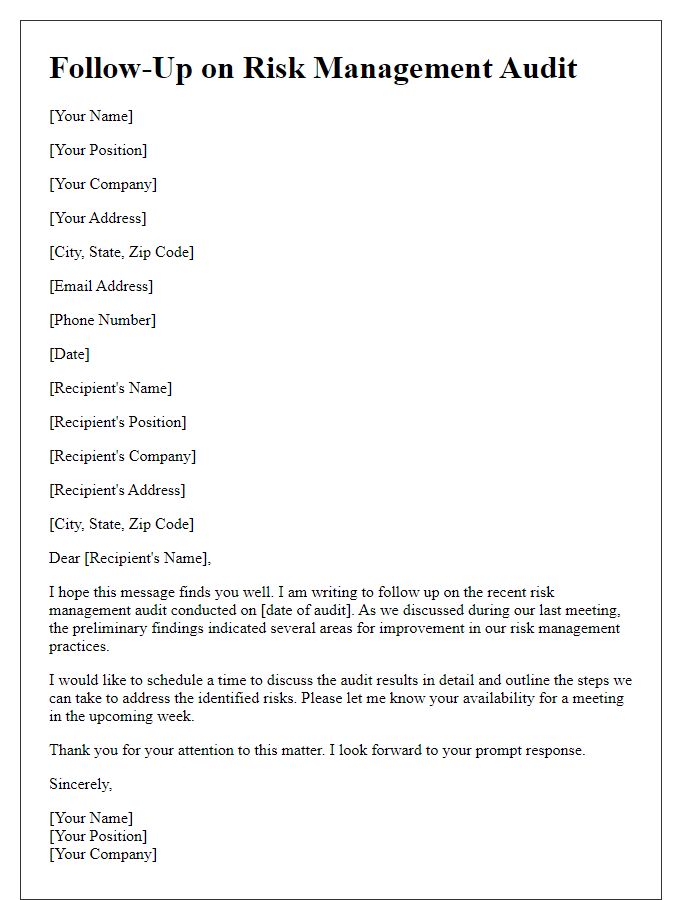
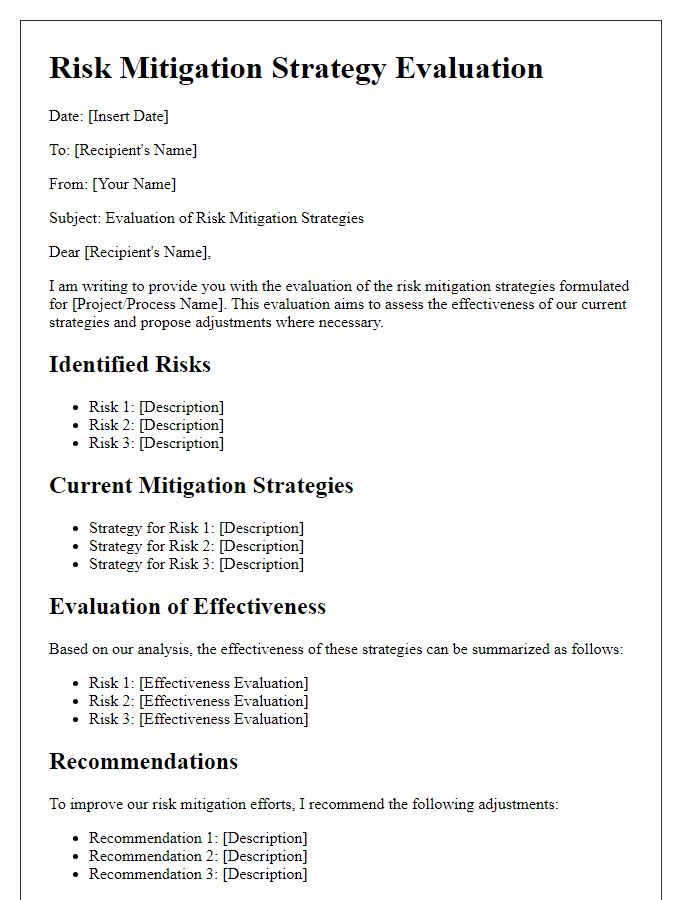
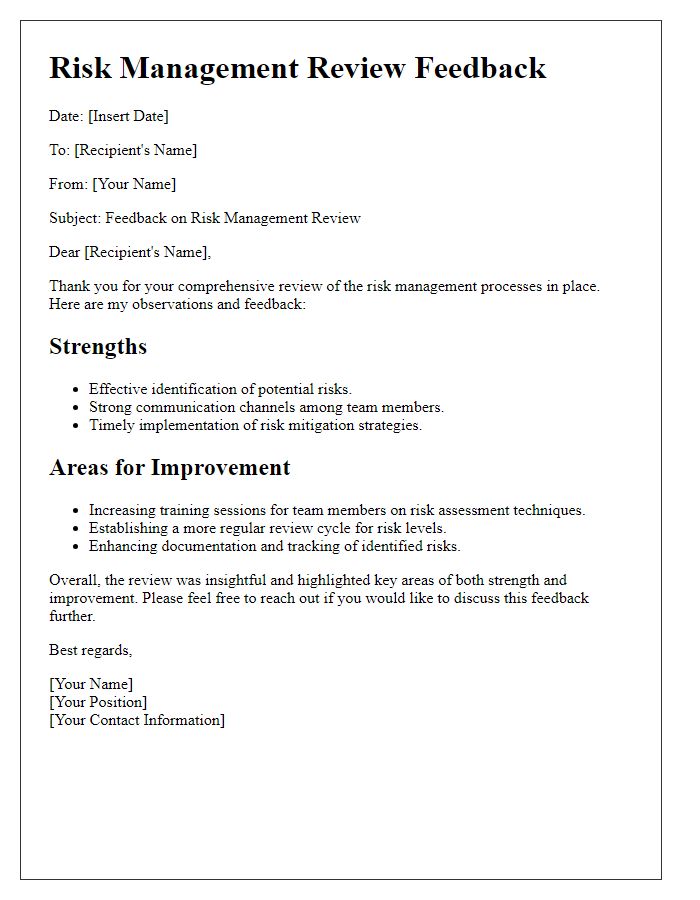
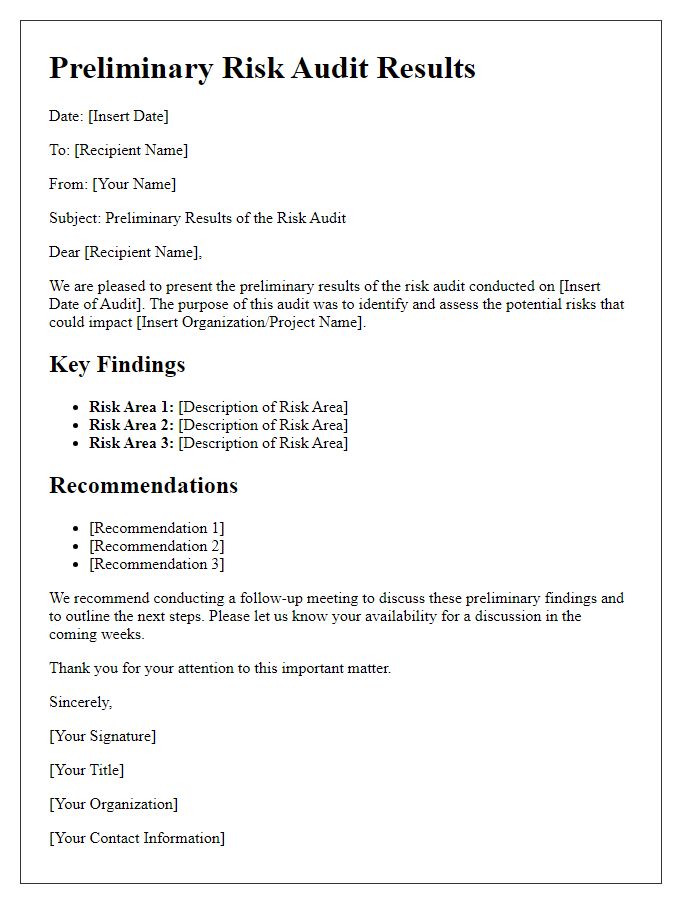
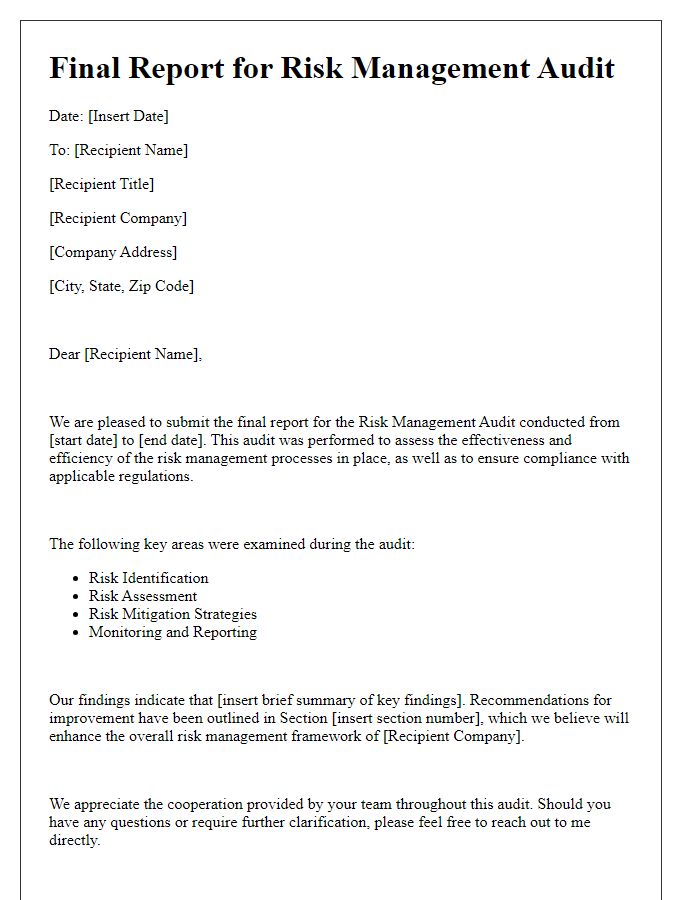


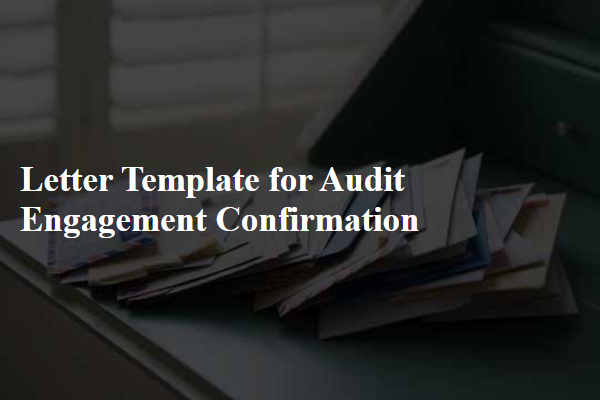

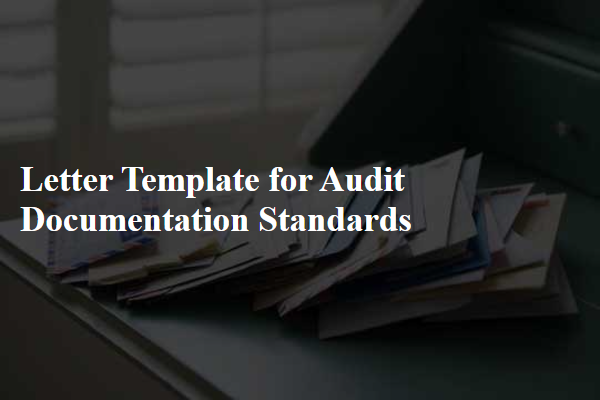
Comments